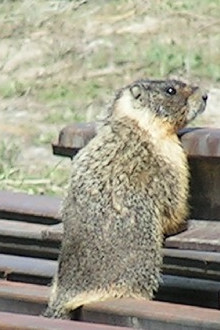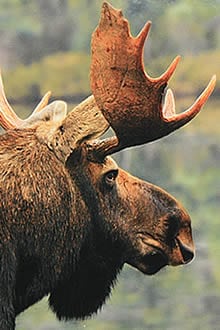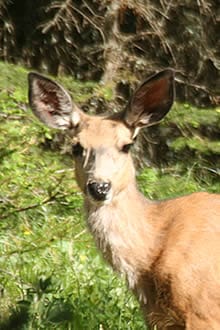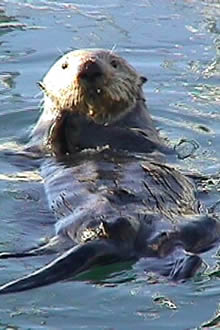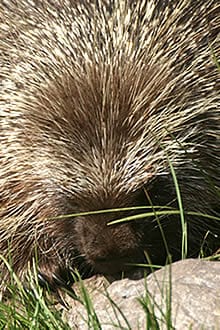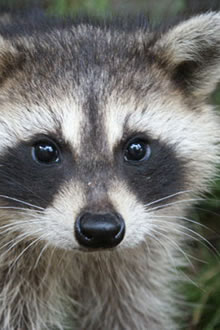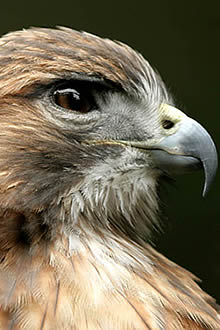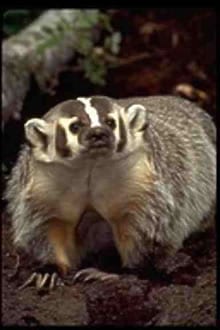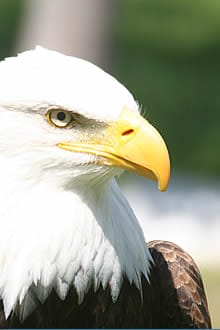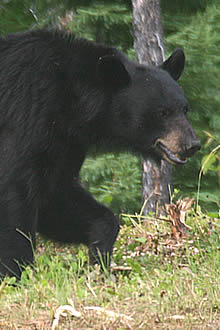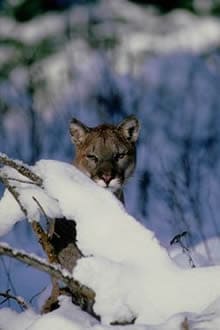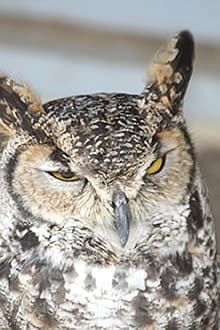British Columbia Wildlife
Mallard Duck
Back to British Columbia Wildlife Tours
Mallard (Anas platyrhynchos)
The British Columbia mallard is often found in many of the vast lakes and ponds throughout the mainland of British Columbia and on Vancouver Island. The west coast mallard is an adaptable duck as it is comfortable in fresh and salt water showing a preference for the fresh water lakes and rivers.
The male mallard does not dive for food as many assume, but the duck skims the surface of the water collected insects and larvae with plates located on the inner side of their bills. think of it as the same concept as Baleen Whales when they are busy feeding on plankton.
Although they do not dive, they do go upside down in shallow water in order for them to have the position necessary for scraping the mud up from the bottom of the lake which contains microscopic organisms. A funny sight, the ducks butt in the air, feet paddling away maintaining a downward motion. If they could only talk, the stories we would hear.
